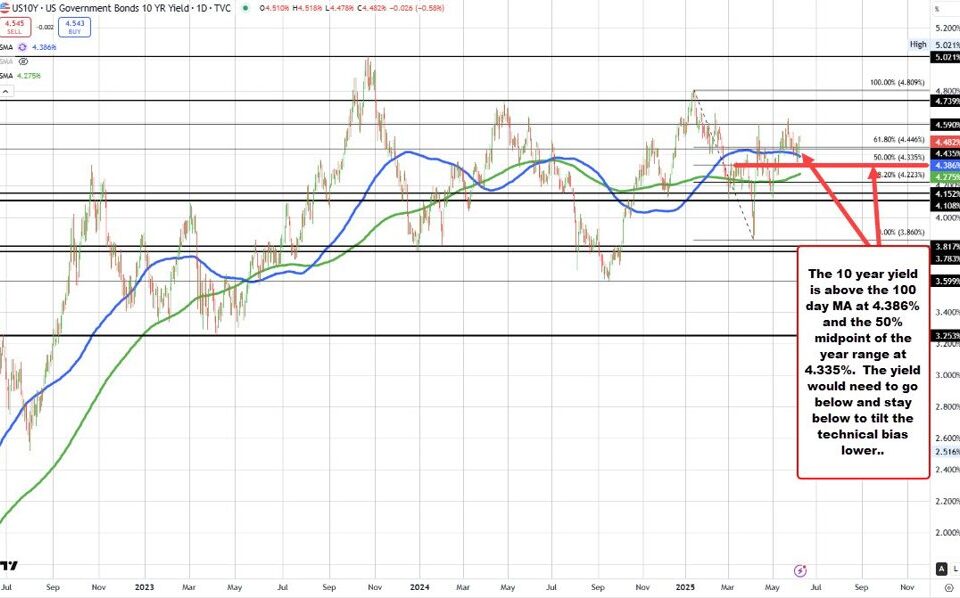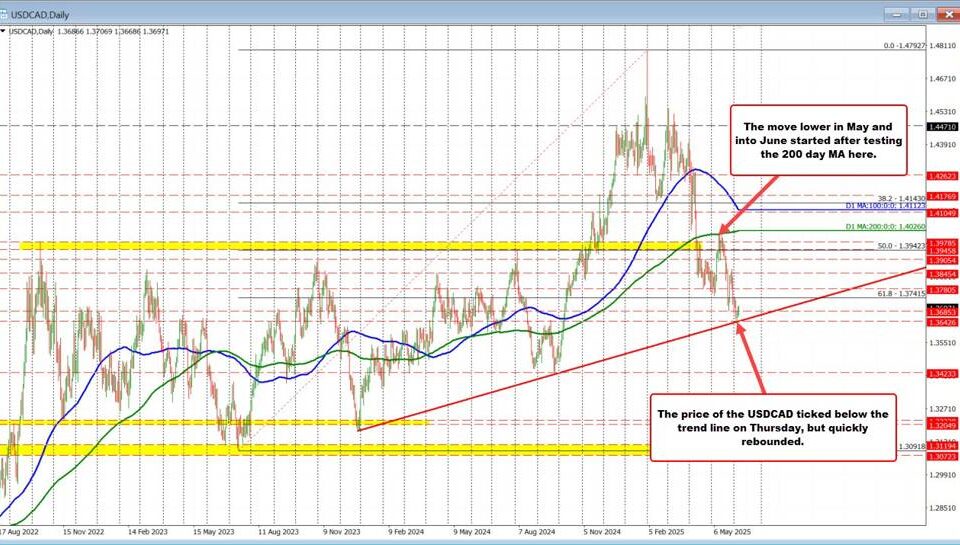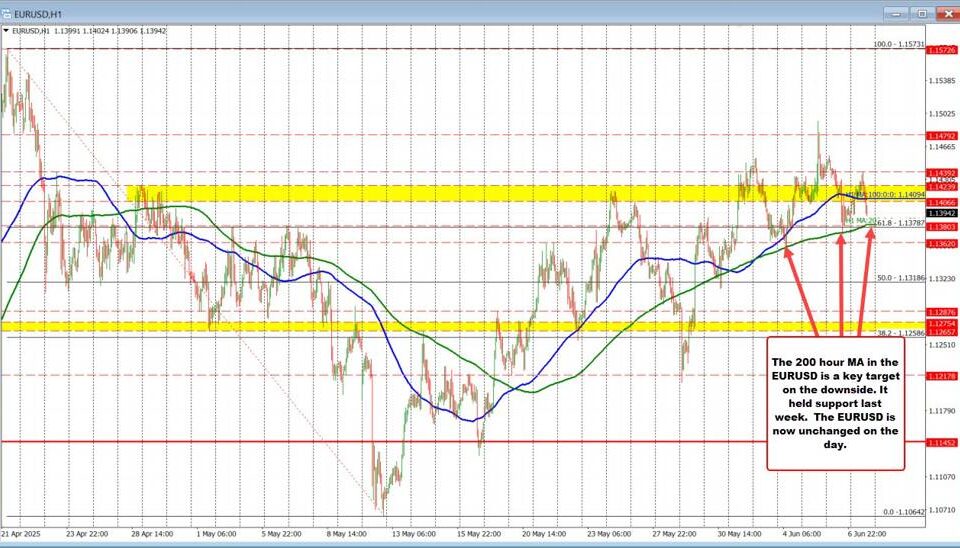
Legal Showdown: NCLA Takes on Trump’s Tariffs in the U.S. Court
Tháng 4 4, 2025
Vietnam’s Bold Move: 0% Tariffs and Strengthening Global Trade Relations
Tháng 4 4, 2025Significant Drop in New Zealand Dollar Against US Dollar: Analyzing the Causes
The New Zealand Dollar (NZD) recently experienced a staggering decline against the US Dollar (USD), with the NZD/USD falling by an alarming 3.47% on April 4. This marked its largest single-day drop since 2012, sending ripples through the financial markets and raising eyebrows among investors and analysts alike.
The recent downturn came on the heels of a brief rebound earlier in the week, when the NZD/USD pair approached the 0.5850 mark. This uptick was largely driven by a weakening US Dollar due to President Trump’s controversial tariff announcements. However, it seems the optimistic outlook was short-lived, and the currency pair is now showing signs of vulnerability influenced by various economic and geopolitical factors.
Factors Contributing to the NZD Decline
One of the primary drivers behind the recent decline involves economic concerns that are affecting both New Zealand and the United States. As forecasts have indicated, the NZD/USD pair was expected to trade within a modest range of 0.5720 to 0.5850. For a sustained recovery to materialize, it became critical for the pair to maintain a close above the 0.5850 level. Unfortunately, the abrupt drop below these figures has led to increased speculation about the future trajectory of the NZD against the USD. In light of broader economic challenges, it’s worth considering the insights provided in the article on top investment mistakes to avoid in 2023, which parallels the pitfalls faced by investors during periods of currency volatility.
The geopolitical landscape currently presents a plethora of uncertainties. Global economic tensions, intensified by potential tariffs and trade disputes, are creating an environment of caution among investors. As the U.S. economy grapples with the specter of recession, the implications for the Federal Reserve’s monetary policy become increasingly complex. This scenario highlights the significance of value investing as outlined in an examination of the 3 reasons Greenblatt says value investing beats the market, especially when facing such volatility in currencies like the NZD.
In addition to these factors, the ongoing uncertainties surrounding U.S. trade policies and their ripple effects on global markets have had a profound impact on investor sentiment. These dynamics have made it particularly challenging for the New Zealand Dollar to maintain a sturdy position against the U.S. Dollar, especially given the anticipated reactions from central banks to global economic developments.
Outlook for NZD/USD
Looking forward, investors and analysts will be closely monitoring both local and international economic indicators. The potential for ongoing volatility remains high, as the interplay between domestic economic data from New Zealand and U.S. trade policies plays a crucial role in shaping the direction of the NZD/USD currency pair. For more detailed insights into market movements and volatility that can influence currency pairs, one can review the analysis of recent stock movements, which also reflects the fluctuations seen in the forex markets, including the top 4 stocks major midday moves.
In conclusion, the recent decline of the Kiwi against the Greenback has revealed several layers of complexity in the forex markets. As traders navigate these tumultuous waters, it’s essential to remain vigilant and informed about the evolving economic conditions that can significantly impact currency values. Whether you are a seasoned investor or just entering the forex market, understanding these dynamics will be crucial for making informed decisions during this period of uncertainty.



